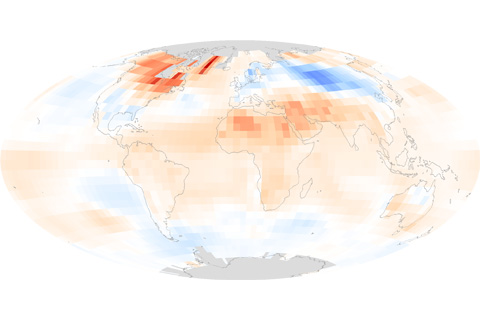
Two natural climate patterns, the Arctic Oscillation and the El Niño-Southern Oscillation, had strong influences on the patterns of unusually warm and unusually cool spots worldwide in early and late 2010.
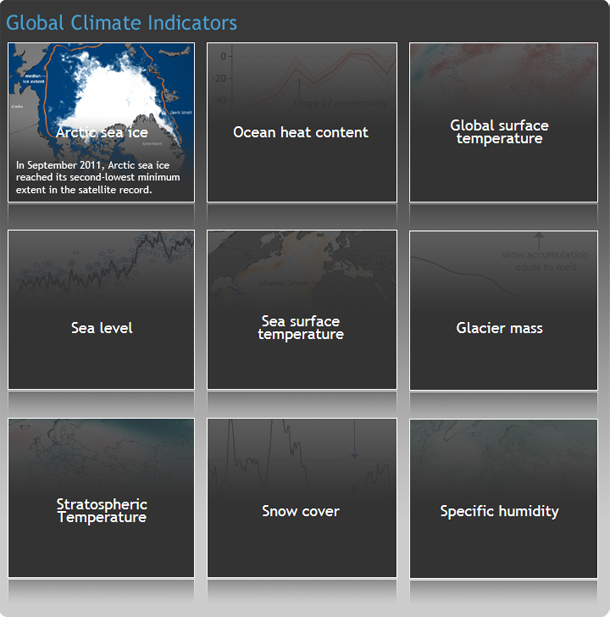
Image highlights form the 2011 State of the Climate report.
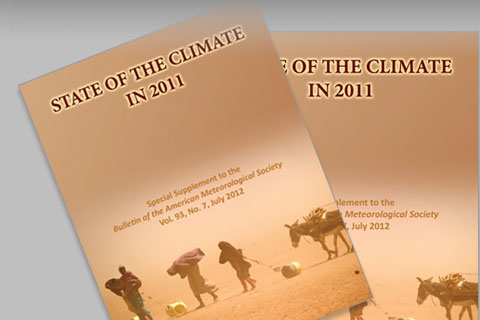
2011 State of the Climate Report editor Jessica Blunden talks about the process of creating and editing the report.
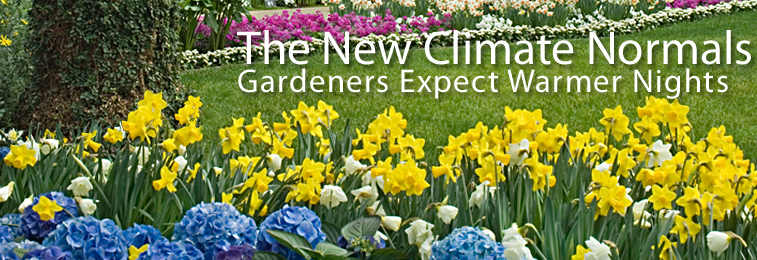
Starting in July, when you hear that a day was hotter, or colder, or rainier than normal, that normal will be a little different from what it was in the past.
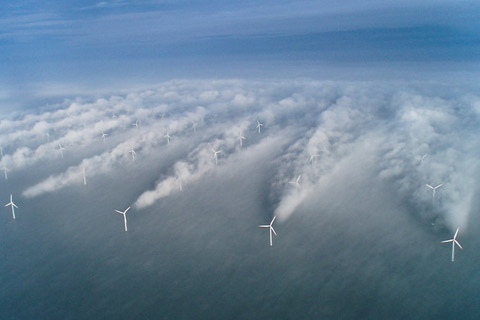
Normally invisible, wind turbine wakes come to life over the ocean, fascinating scientists who study winds in the lower atmosphere.

As of 2022, the warming effect of long-lived greenhouse gases in Earth's atmosphere had increased by 49% compared to 1990. Relative to pre-industrial times, today's atmosphere absorbs more than 3 extra watts of energy per square meter.
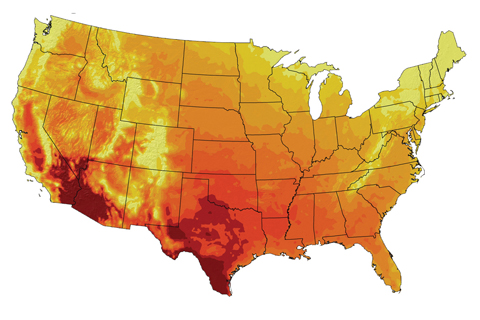
Climate models project that 100-degree days will become more numerous and widespread by the end of the century if greenhouse gas emissions continue to rise.
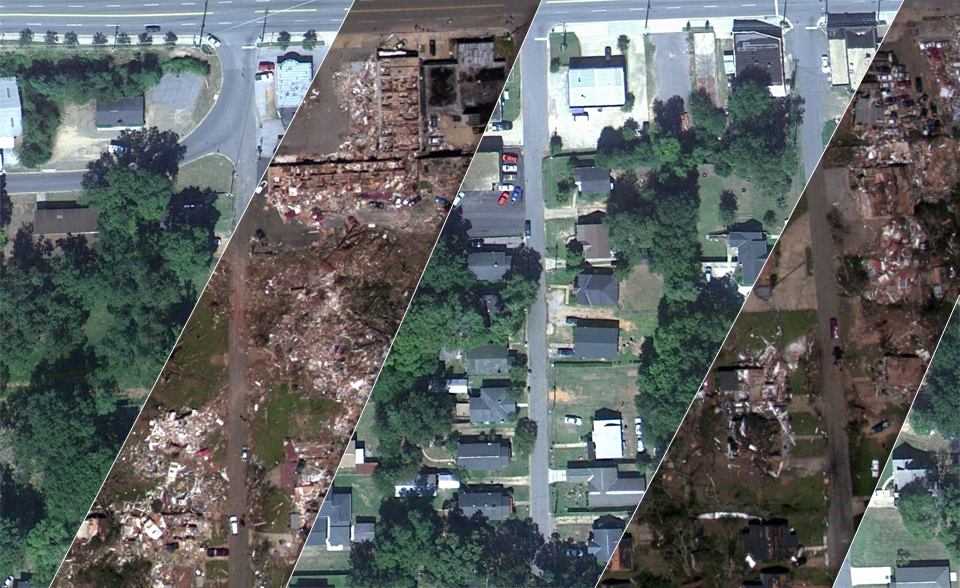
The tornado outbreak across the southern United States in late April 2011 was deadly, devastating, and record breaking. NOAA's "CSI" team is investigating the possible connections between global warming, natural climate patterns, and tornadoes.
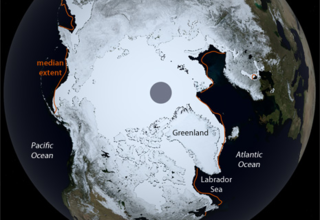
March 2011 Ice Extent Second Lowest on Record
April 14, 2011
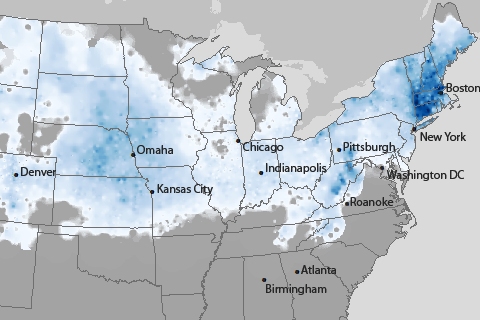
How did this year’s storms compare to the worst in recent history?